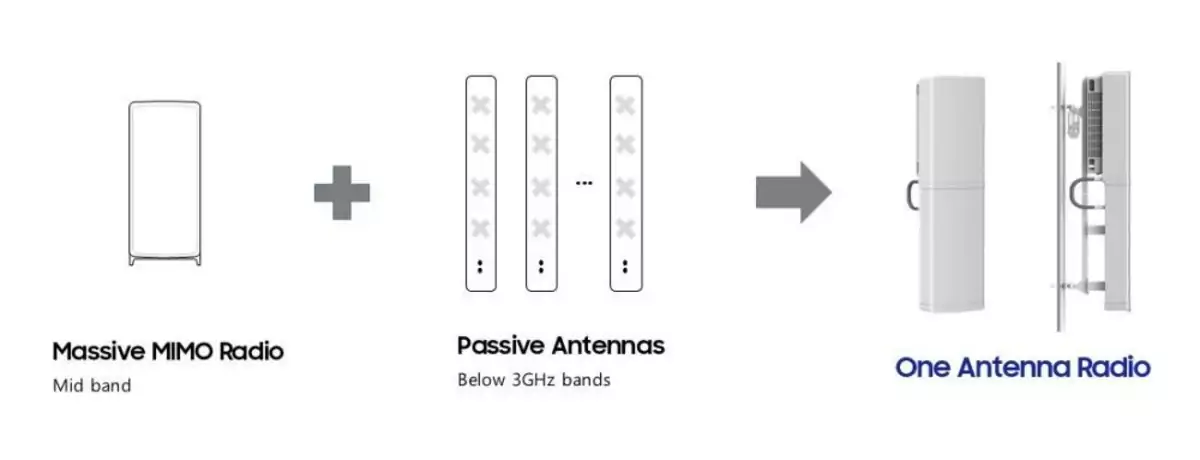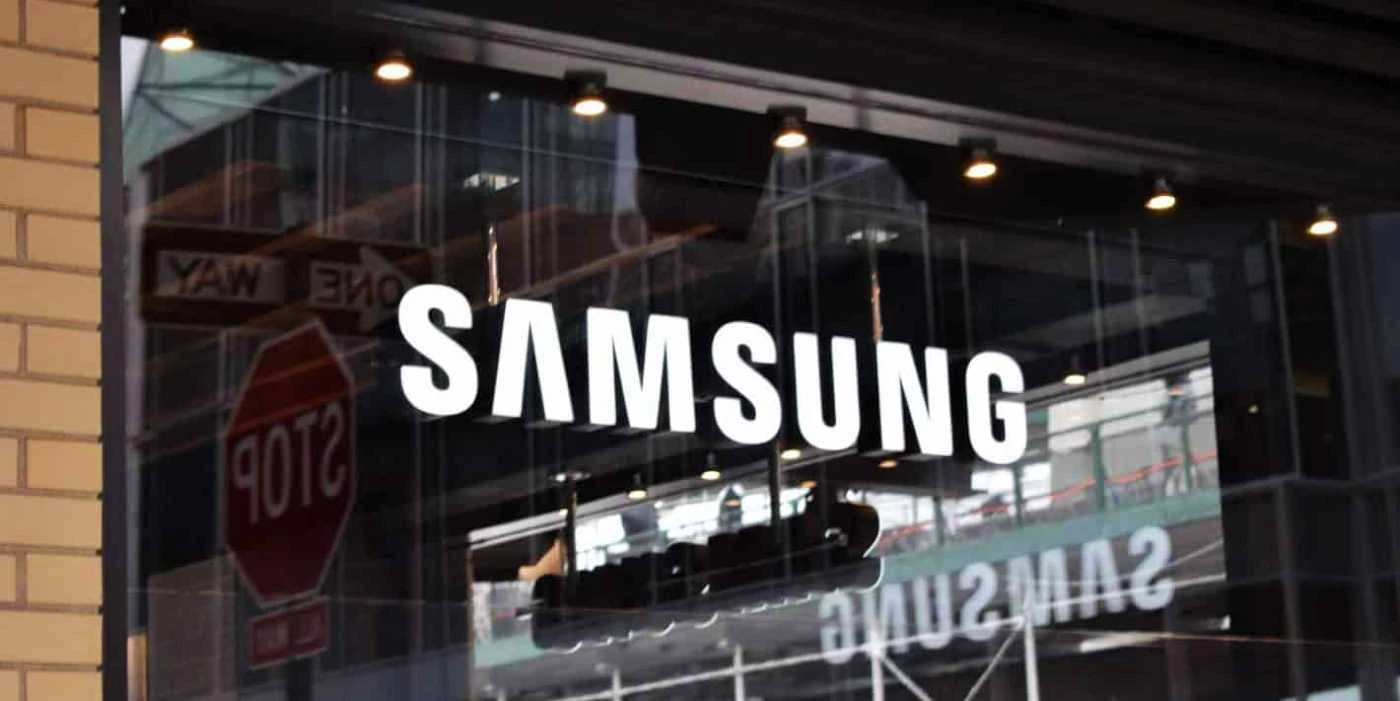Samsung today unveiled a new radio designed to help mobile operators overcome the challenges they face in deploying 5G networks. Announced at “Samsung Networks: Redefined,” the new One Antenna Radio features integrated antennas, providing operators with the ability to simplify and speed up 5G installations by consolidating a 3.5GHz Massive MIMO radio with low-band and mid-band passive antennas into a single form factor.
As operators continue to extend their 5G coverage, a key challenge they face is the space and footprint restrictions at sites and on towers.
Samsung’s all-in-one radio will address varied environmental and site demands–easing installation, saving space and reducing OPEX for operators. The new solution will become part of Samsung’s Radio Access Network (RAN) portfolio in early 2022, initially targeting the European market.

Key benefits of Samsung’s One Antenna Radio are:
- Site Simplification: The streamlined solution uses compact hardware to blend into a municipality’s environment, and reduces cabling and hardware elements to minimize visual impact in dense urban areas.
- Simplified Installation: Deployment is made simple by eliminating the need to install and connect radios and multiple antennas separately, accelerating installation and reducing labor costs.
- OPEX Savings: By requiring less space on sites or towers, and with a smaller footprint, operators can save on expenses, including rental and maintenance costs.
“We are proud to introduce our One Antenna Radio to provide industry-leading performance that’s designed to address various deployment environments,” said Wonil Roh, Senior Vice President and Head of Product Strategy, Networks Business at Samsung Electronics.
“Recognising that mounting hardware, cabling, crew site time and space limitations are a challenge for most operators, we created a solution to help tackle this issue, and expand deployment boundaries.”



